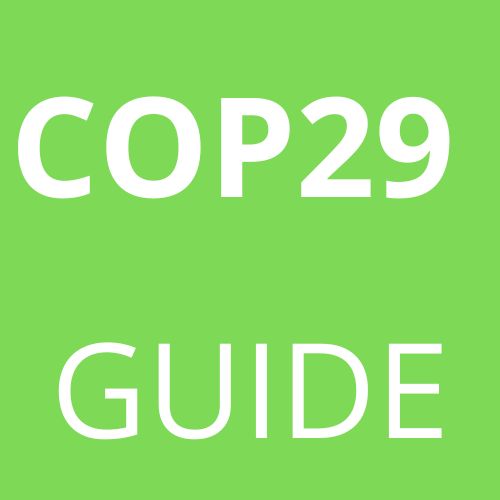The impact of Reusable Pads on Period

Measuring the environmental impact of menstrual products is complex, and there is a stark lack of scientific literature exploring these issues.
There are many different potential indicators of environmental impact, such as calculations of fossil fuel depletion, mineral use, and gas emissions in product-manufacturing processes; the global warming potential (i.e. carbon footprint); and the amount of menstrual waste created.
In terms of the raw materials in disposable menstrual products, pads can contain up to 90% plastic, which largely end up in landfills.
Disposable pads and tampons are most often made of cotton with rayon or other synthetic fibers and plastics such as polyester.
Tampons can contain amounts of plastic within the core of the cotton tampon and may come with plastic applicators.
Pads often contain even more synthetic plastic material than tampons, such as leakproof bases and/or extra absorbent strips.
(ObGyn Wiley, 2022) Venue: Expo City Dubai Virtual: ID:883 5080 5870 Code: 518874 Date December 5th 2023 Time 8:30AM-9:45AM EST 4:30PM Dubai Panelists Prof.
Pierrette J Cazeau, MBA, MHA, Post-Doctoral Criminal Justice, Global Public Health Diplomat, Influencer at WFP_CERFAM GSP Rep. to FAO Former Member-At-large UNWGEH UN NGO REP., UN Focal Point Conference @HCRFF, Delegate/UNEP President & Founder @HCRFF USA Mrs. AISHA ADAMU ABDULLAH President of URCF Nigeria.

